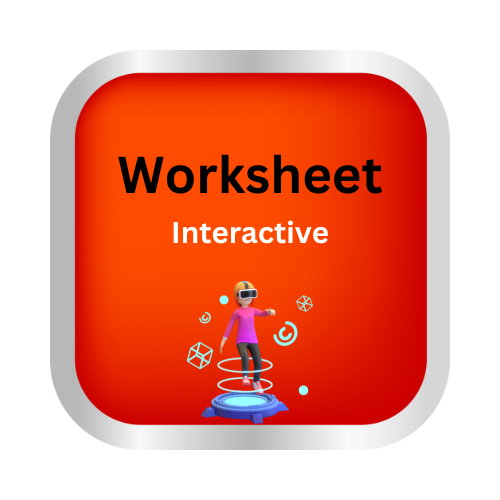Positive and negative connotations
Key Notes:
| What are Connotations? |
Connotations are the feelings or ideas associated with a word. They are not the dictionary definition (denotation), but rather the emotional and cultural associations that the word carries.
Types:
- Positive Connotation – Makes you feel good or creates a pleasant image.
- Negative Connotation – Makes you feel bad or creates an unpleasant image.
- Neutral Connotation – No strong emotion, just factual.
| Neutral Word | Positive Connotation | Negative Connotation |
|---|
| Curious | Inquisitive (eager to learn) | Nosy (prying into others’ business) |
| Confident | Self-assured | Arrogant |
| Cheap | Inexpensive | Stingy |
| Young | Youthful | Immature |
| Different | Unique | Weird |
| Positive vs. Negative Connotations |
| Negative Connotations Words with negative connotations evoke negative emotions, feelings, or associations. They often suggest disapproval, dislike, or sadness. Example: Arrogant (vs. Confident) | Positive Connotations Words with positive connotations evoke positive emotions, feelings, or associations. They often suggest approval, admiration, or happiness. Example: Confident (vs. Arrogant) |
| Examples of Words with Different Connotations |
| Word: Thin Positive: Slender, SlimNeutral: ThinNegative: Skinny, Gaunt | Word: Talkative Positive: Outspoken, ChattyNeutral: TalkativeNegative: Gossipy, Loudmouthed |
| Word: Old Positive: Vintage, AntiqueNeutral: OldNegative: Decrepit, Ancient | Word: Stubborn Positive: Determined, ResoluteNeutral: StubbornNegative: Pigheaded, Obstinate |
| Tips for Identifying Connotations |
- Think about the feeling the word creates.
- Ask yourself: “Does it sound nice, bad, or neutral?”
- Replace the word with a synonym and see if the tone changes.
| Worksheet – Positive and Negative Connotations |
Directions: Decide whether the bold word in each sentence has a positive or negative connotation. Then, write a synonym with the opposite connotation.
- She is very frugal with her money.
- The child is stubborn when it comes to eating vegetables.
- He is known for being thrifty with his spending.
- My neighbor is quite nosy about my personal life.
- She has a slender figure.
Answer Key
- Frugal – Positive (careful with money) → Opposite: wasteful.
- Stubborn – Negative (not willing to change) → Opposite: determined (positive).
- Thrifty – Positive (wise with money) → Opposite: extravagant.
- Nosy – Negative (interfering) → Opposite: curious or interested (positive).
- Slender – Positive (thin in a healthy way) → Opposite: skinny (negative).
| Practice Exercises |
Exercise 1: Identify the Connotation
For each word below, identify whether the connotation is positive, negative, or neutral.
- Thrifty
- Miserly
- Economical
- Stingy
- Courageous
- Foolhardy
- Brave
Exercise 2: Using Words with Different Connotations
Rewrite the following sentences, replacing the underlined word with a word that has a positive connotation and then with a word that has a negative connotation.
- The house was quite old.
- He was skinny but determined.
- The child was being inquisitive.
| Key Takeaways |
Understanding connotations allows us to choose words that effectively communicate our intended meaning and evoke the desired emotions in our audience. Paying attention to the connotations of words enhances both our writing and our understanding of what we read and hear.
Let’s practice!🖊️

